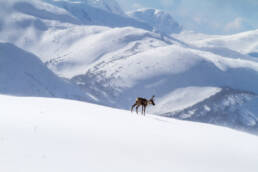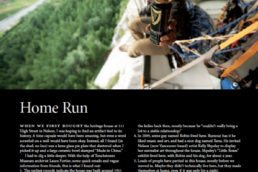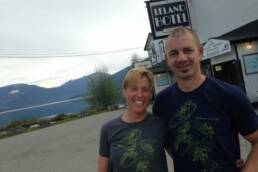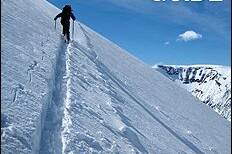Once a seemingly distant siren threatening tomorrow’s generations, the age of extinction is upon us, with worldwide evidence of wildlife gone forever. KMC’s Emily Nilsen reflects upon the fate of North America’s South Selkirk caribou herd and the meaning of their disappearance.
I was that gangly 10-year-old who wore the same baggy T-shirt for the better half of a year. “Extinct Is Forever” was written on the back in bubbly font. On the front, a Pepto-pink elephant, neon-yellow rhino, and Windex-blue whale floated like carefree cartoons around the words “Now you see us, soon you won’t.” It was the late 80s. My school was just starting to get behind the three Rs of the environment. The swirling hues of Planet Earth still felt hauntingly alive with a wild mystery that made my imagination ache. All we humans had to do was reduce, reuse, and recycle and those happy-go-lucky creatures dancing over my decade-young heart would bounce back, right?
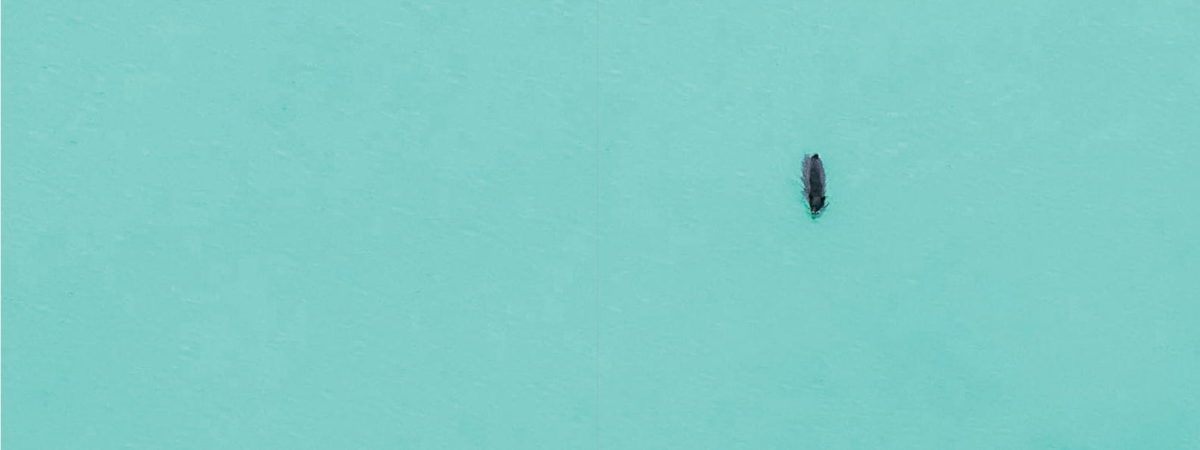
It’s a rhetorical question asked in the naïve tone of a hopeful kid. I was taught species extinction either happened “way back when” or “way over there.” The dinosaurs. The dodo. The mammoth, whose great swooping tusks loomed over my class on our field trip to Victoria’s Royal BC Museum. Plus, the megafauna doodled onto my shirt didn’t exactly roam around the rainforests outside of Vancouver. Their habitats seemed otherworldly: windblown savannahs, verdant jungles, impossibly deep seas. The distance between my hopscotch and their impending doom felt big. Like many, I put species extinction into an imaginary box labelled FAR AWAY.
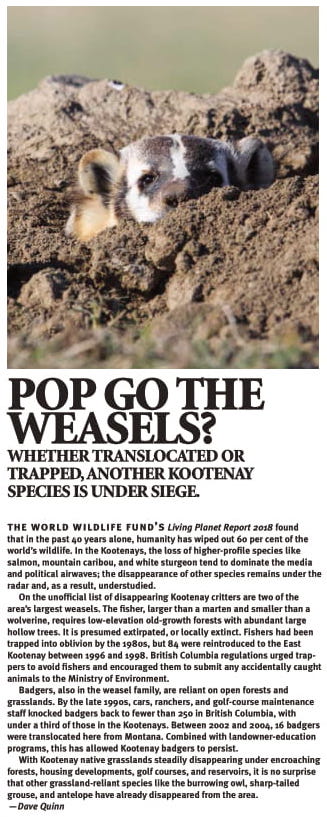
Thirty years and about 2.5 billion people later, “far away” is around the corner. Quite frankly, it’s staring us down. Word of Earth’s dwindling biota pops up regularly in the headlines of daily newsfeeds. The World Wildlife Fund’s Living Planet Report 2018 states a big drop in the last 40 years: a 60 per cent decline, on average, among 16,700 wildlife populations monitored worldwide. Essentially, while I was collecting scratch and sniff stickers or backpacking like a twenty-something cliché across Argentina, the diversity of life on Earth was shrinking. Fast.
Let’s zoom out. Picture Earth, bobbing solo against a black backdrop of outer space. It’s been possible to imagine the planet this way, in its wondrous entirety, since 1972, when a crewmember from the Apollo 17 spacecraft snapped a photo of Earth with a Hasselblad camera. The image, coined the “Blue Marble,” was the first ever full-view shot of our world, glossy and round as a single cell. From space, it’s hard to fathom just how much has happened down there. Since the beginning of geologic time, this planet has limped through five mass extinctions, the most famous being the asteroid that wiped out T. rex and friends. Each event was caused by balance-tipping phenomena. Algal blooms. Glaciation. Meteor impact. Volcanic eruptions. The result? A rapid pulse of extreme biodiversity loss on a global scale. And scientific word on the street has it we’re either approaching or already into number six.
One need only spend an afternoon at the National Gallery of Canada dwarfed by photographer Edward Burtynsky’s latest project, Anthropocene, to grasp why a sixth event is underway. Wall-sized images show landscapes strewn apart by industrial extraction and human civilization. It’s part splendour, part horror. In one room, a film loops burning pyres of confiscated elephant tusks and rhino horns in Nairobi National Park. The three-metre-high piles were built and burnt as a protest against an ivory trade that kills tens of thousands of elephants every year. Humans are just a blip on a planetary history that spans over half a billion years. An itsy-bitsy smudge on the tail end of time. And yet, our mark is indelible. “It is estimated that one-third of all reef-building corals, a third of all fresh-water mollusks, a third of sharks and rays, a quarter of all mammals, a fifth of all reptiles, and a sixth of all birds are headed toward oblivion,” writes author Elizabeth Kolbert. In her book The Sixth Extinction, Kolbert chronicles past or potential extinctions, from amphibians to corals to the white rhino, examining through case studies how human influence on the climate is contributing to mass extinction.
Deep breaths, this sucks.
But to shrug it off with “sucks” undermines the gut-kicking whoomph of these stats. It’s a bit like saying, “oh, bummer,” when someone tells you they have cancer. Except I get it. I get the desire to plug a finger into each ear while clicking “Buy Now” on a last-minute ticket to Hawaii. I get that one way to shirk the tidal wave of bad news is to numb out on a Netflix show about food or dogs or love triangles. I get that I’d rather not know which old-growth forest was hacked down to make my new X, Y, or Z. I get it. It takes constant mind games and ignorance-is-blissfulness to live inside the sixth mass extinction while knowing the culprit is us. Why? Because it’s daunting. Because it hurts. Because it straight-up sucks.
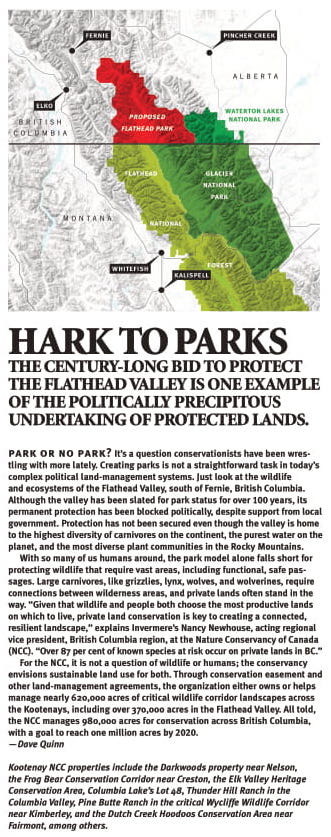 Barring the ability to furl ourselves into squirrel-sized balls, what do we do with the enormity of these calculations? How do we emotionally reconcile the impact of these fractions and percentages as they track the decline of phylum Chordata. How do we genuinely hold all this worldly weight within our tiny soulful selves?
Barring the ability to furl ourselves into squirrel-sized balls, what do we do with the enormity of these calculations? How do we emotionally reconcile the impact of these fractions and percentages as they track the decline of phylum Chordata. How do we genuinely hold all this worldly weight within our tiny soulful selves?
I don’t actually know.
What I do know is that outside every single door and tent flap lives a patch of wild that tells its own story of unfolding loss. It might be a few steps away, a few kilometres, a few hundred kilometres. It might echo with croaks, overflow with ferns, or be gripped by wolf moss. It might be home to hundreds of mayfly larvae, swimming ever so usefully in a creek. But it’s there, no matter how many heartbeats within, it’s there. “If you know how to look, you can probably find signs of the current extinction event in your own backyard,” Kolbert writes.
It’s 52 minutes by car from my home in Nelson, British Columbia, to the top of Kootenay Pass. The road runs smack dab through the middle of Stagleap Provincial Park in the Selkirk range and is one of the highest highway passes in Canada. On a typical winter afternoon, the parking lot at the top bustles with idling semis, cars making a pit stop, and backcountry skiers, bright as bonbons, in from a good day of snowy laps. It was here, one early winter morning, that I saw caribou for the first time.
Some quick facts. All caribou in British Columbia are woodland, Rangifer tarandus caribou. Based on the different ways they use their habitat, they’ve been categorized into four subpopulations: southern mountain caribou, central mountain caribou, northern mountain caribou, and boreal caribou. Each one is further broken down into herds. At the time of writing, there are 56 herds in British Columbia. Fifteen of these herds make up the southern mountain caribou subpopulation, also known as Designatable Unit 9, also known as deep-snow caribou. One of these herds is the South Selkirk herd. It was a handful of their members I came across that morning.
I’d heard about the caribou that roamed the mountains nearby but had never seen one. Then there they were—seven or eight, huddled roadside. As I rounded the corner, they barely budged. Deep into some serious road-salt licking, they snuffled like most animals do when trying to get at the last of something. Their breath rose like heavy halos over their antlers. Alone on the road, I stopped for a quiet minute to watch fat snowflakes gather on their backs, then I reluctantly rolled on. That was 13 years ago. Back then, an encounter like that wasn’t uncommon. It was a known hangout spot for caribou from this herd. In 2009, the herd had at least 46 animals, not great but not kaput. Their wide hoof prints were a heart-warming sign they’d been out and about, float-walking over deep snow to munch lichens. But in 2014, only 14 were counted. Three years later, 11. Then in 2018 the number drop-kicked down to three. Then two. Both females.
Degroot is clearly immersed in his job, even though being at the front and centre of a declining species is no doubt grim at times. “It’s disheartening to see them disappear like this,” he admits. “To be doing the surveys, watching the data, we’re the ones documenting what’s happening out there.”
A map of the deep-snow caribou’s habitat range resembles a jigsaw puzzle with lots of missing pieces. It follows the interior wet belt, from just south of Mackenzie, British Columbia, to just south of the Canada-United States border. Except, at the southern end of their range the missing pieces are big, making the puzzle hard to figure out. Inside one of the disconnected habitat clumps, at the bottom end of the map, is where the South Selkirk’s remaining two wander, for how much longer is to be determined. Their neighbours, the South Purcell herd, are not faring any better. Last I checked, there were four. And plans are underway to gather up these six, place them in an enclosure north of Revelstoke, British Columbia, and start captive breeding trials.
Once upon a time, caribou hung out alongside woolly mammoths. How does it come to be that this ancient animal, whose ancestors roamed the land more than a million years ago, is slowly getting plucked off, one piece of habitat at a time? What did Homo sapiens do to ensure that a species that survived the Pleistocene ice age would have enough habitat to stick around for another million years, let alone another 50 or 10 or two?
“It’s really hard not to be angry,” says Candace Batycki,
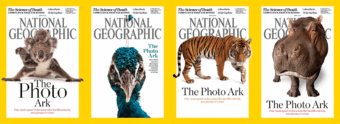
British Columbia and Yukon program director for Yellowstone to Yukon, a non-profit focused on large landscape conservation. We are sipping tea in her Nelson home, night falling outside, and chatting about the plight of the deep-snow caribou. Batycki has spent the last 20 years advocating for caribou, a determination that comes with an emotional cost. “I find myself thinking, ‘All my best efforts haven’t been enough to prevent this, therefore it’s somehow my fault,’” she says, eyes fixed to a spot on the kitchen table. The this Batycki refers to is not just the sudden decrease in the South Selkirk and South Purcell herd numbers. It’s the underlying causes of these drops. Half a century of pretty heavy-handed logging practices has led to the rapid constriction of old-growth habitat—shrinking forests that hold the caribous’ main food source: arboreal lichens. Plus, industrial geography, like cut blocks, logging roads, pipelines, and power lines, provides new forage for deer, elk, and moose at higher elevations. More deer and elk, more wolves and cougars. More wolves and cougars, less caribou. Apparently, compared to other ungulates, they’re easy prey. Now throw in humans. Humans brrrrappping about on sleds, sending caribou to the next basin. Humans in helicopters with boxes of skis. Humans zigzagging mountainsides, packing snow down with tracks where there never used to be tracks. Like an unrehearsed ballet, it all comes clumsily together, where the grand finale is one big ugly landscape-sized mess that puts caribou on stage as the unlucky superstar in this area. Meanwhile, thousands of lesser-known old-growth obligate species quietly wait in the wings.
“These caribou have a lot to teach us,” says Batycki, as she gestures toward her backdoor, which I take to mean the hills that turn to mountains beyond town. I can picture the last two caribou in the South Selkirk herd in these mountains, hoofing over new snow as the sun sets over their backs. “As mountain people, there’s a lot we can learn from watching this extinction happen.”
The word “extinction” is not tossed around lightly, nor should it be. It means no more. None. Not one. But it’s not something that just suddenly happens. There are usually breadcrumbs or fingerprints, a series of clues that hint at trouble brewing. When a species is no longer found in its historical range, it’s extirpation. Except, extirpation is a flashing Vegas-style neon sign, one worth paying attention to, because extinction could just be a few stops down the road. Functional extirpation is a little different. In this scenario, animals are scattered about on the landscape, but, for whatever reason, they can’t find each other, like the South Selkirk caribou herd. And when there’s no finding each other to make offspring, it’s the end of the line. Sometimes, humans intervene first.
Leo Degroot knows about intervention. A wildlife biologist with the Ministry of Forests, Lands, Natural Resource Operations and Rural Development, Degroot has worked on the province’s Kootenay-region caribou file for over 15 years, tracking the status of herds and partaking in efforts to sustain or bolster their numbers. In one effort, 19 caribou were transplanted from Dease Lake to the diminishing South Purcell herd, sadly without success. I watch footage of their capture on the ministry’s website. There’s a white frozen lake and the caribou are far below, just little shapes with tracks. The helicopter approaches, the caribou run. They scatter. Two this way, three that way. Pop! A net shoots out of the helicopter. It lands on a single caribou. It tries to untangle itself. A human jumps out of the helicopter. I’m mesmerized. But it’s an unsettling fascination. Neither fully intellectual nor fully emotional, it’s somewhere in between. What’s unnerving is that we’re at this point of desperation where splitting up and reconfiguring herds is the best bet. A point where killing one species to save another has become a strategy. It’s a philosophically tricky one, as was the case with the wolves.
In 2009, the herd had at least 46 animals, not great but not kaput. Their wide hoof prints were a heart-warming sign they’d been out and about, float-walking over deep snow to munch lichens. But in 2014, only 14 were counted. Three years later, 11. Then in 2018 the number drop-kicked down to three. Then two. Both females.
Evidence showed wolves were eating the South Selkirk herd one by one. Then on January 15, 2015, a press release from the ministry announced a controversial plan to remove a number of wolves “by shooting them from a helicopter before snow melt.” It was a short-term strategy being used elsewhere in the province to save caribou; in the South Peace region, four other caribou herds were also threatened by wolf predation. But after three years, despite all the intervention, the South Selkirk herd still struggled, losing nine more last year. Could an avalanche have wiped them all out in one fell swoop? Did a cougar follow them around, helping itself to one or two every few weeks? “It’s a mystery we’ll never figure out,” Degroot says.
Degroot is clearly immersed in his job, even though being at the front and centre of a declining species is no doubt grim at times. “It’s disheartening to see them disappear like this,” he admits. “To be doing the surveys, watching the data, we’re the ones documenting what’s happening out there.” He looks left, like he’s gazing out a window, except there aren’t any windows in the government meeting room, just a blank wall. “It’s not a good situation for these caribou,” he finally says.
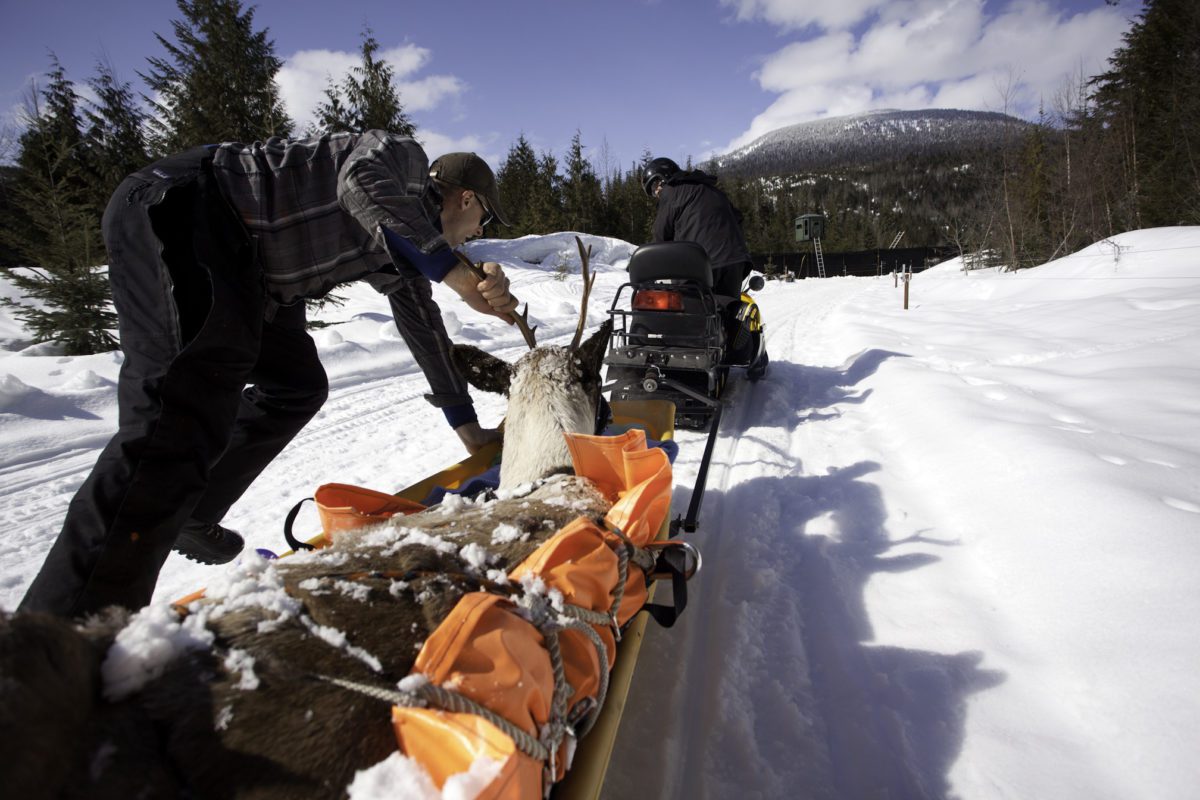
There are deep-snow caribou in my distant backyard. There. I wrote that last sentence because, as of this very second, it’s still true. On either side of Kootenay Pass are two big yellow signs with black caribou in the middle. Caribou crossing. They’re just normal highway signs, but for now they speak to a not-so-normal presence. One day, might we just cruise blankly by, knowing that the animal in the aluminum diamond is no longer there? Will we turn up the music and sing along? Will we pull over and stuff a handful of lichen in our mouths just to taste what they tasted? Or will we slowly forget they were ever there, in the same way we’ve forgotten so much before? What happens next is not yet known. But as long as the caribou’s habitat continues to be dismantled, it’s going to be a big expensive game of whack-a-mole for as long as the caribou can hold on. And they are not alone.
In the Kootenay region, 33 animal species are red-listed provincially, which means they’re extirpated, endangered, or threatened. Northern leopard frog. Yellow-breasted chat. White sturgeon. American badger. Western grebe. Upland sandpiper. Swainson’s hawk. Badland’s tiger beetle. Columbia dune moth. Yellow rail. Shortface Lanx. Ashy pebblesnail. Lambda snaggletooth. The list goes on. Every one of these species got from A (thriving) to B (red-listed) in its own way. Add our heavy sack of local woes to the long lists of done for from all around the world (the longest growing list coming from the tropics) and the sixth mass extinction is definitely not FAR AWAY, it’s right beside us. Actually, it is us.
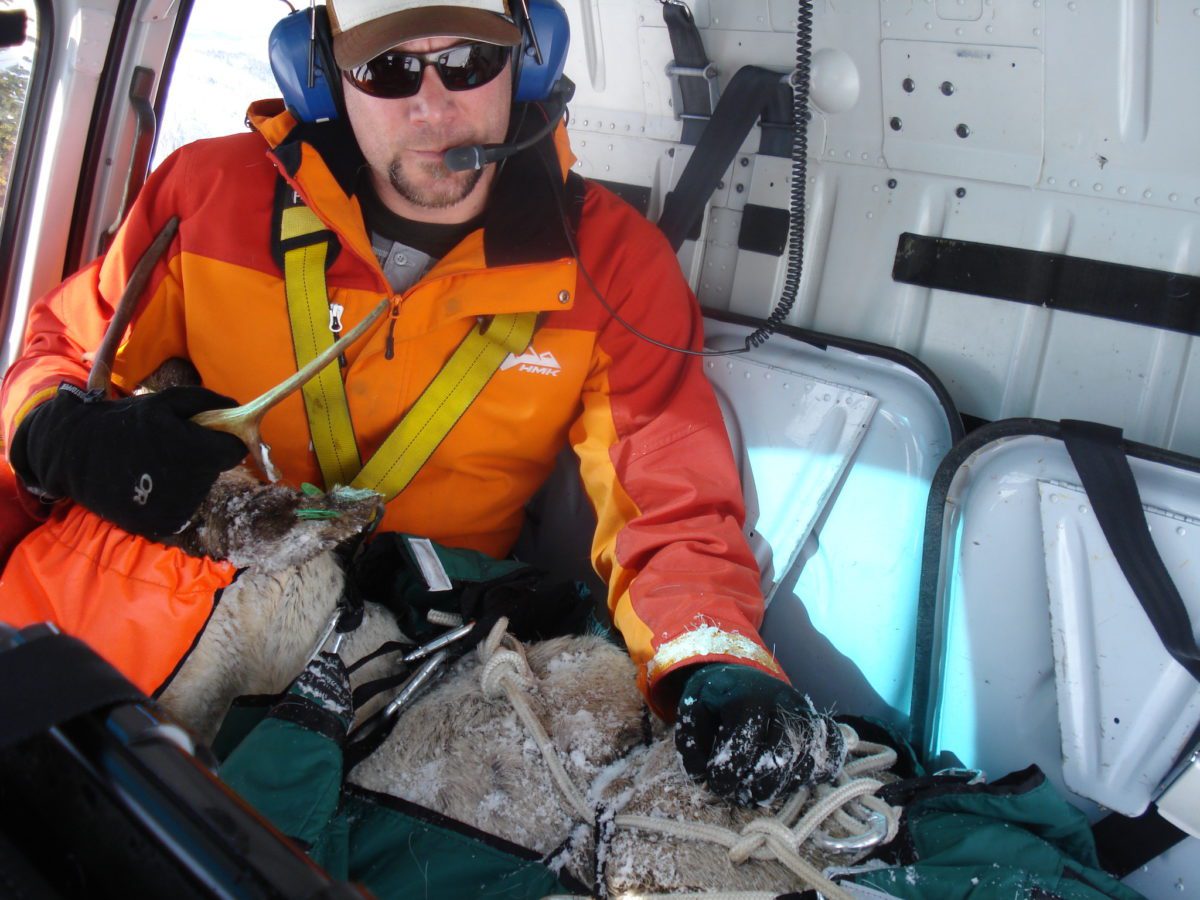
Joel Sartore is a National Geographic photographer who’s spent the last 15 years taking studio portraits of species that are in human care around the world. In a project called the Photo Ark, he’s taken photos of 8,000 species so far, with the goal of documenting 12,000 before they disappear. Unlike most wildlife photos that show animals in their habitats, these photos are of a single animal with a plain black or white background. No habitat. To see animals without their fellow species or natural habitats shines a light on their uniqueness. To say there’s a loneliness to each image is projecting, but seeing animals alone inside the black square of a two-dimensional photo gives a curated sense of isolation. Some of the species photographed are the last ones of their kind. When Sartore photographed the northern white rhino, there were only five left in the world. Now there are two, both females. He also took a portrait of the last Rabbs’ fringe-limbed tree frog, Toughie, shortly before he died from chytrid fungus. Sartore’s project started with a simple question: how can I get people to care that we could lose half of all species by the turn of next century?
I click through the Photo Ark images, a Florida panther at Tampa’s Lowry Park Zoo, a red Amazonicus poison frog, a two-striped pit viper at the Fort Worth Zoo, a bobtail squid at the Monterey Bay Aquarium, a Bolivian night monkey at the Plzeň Zoo in the Czech Republic. Thousands of animals, bright-eyed and bushy-tailed. Click, click, click. But there’s one portrait I pause on for a little longer than the others. It’s a familiar face, profiled. A woodland caribou. Countable ribs, wide hooves, white neck. Stuck against the black background I can almost see the snow falling over its back, tuft of lichen out the corner of its mouth, a curl of breath overhead. Almost, but not quite.
One day Emily Nilsen hopes to hear what 200,000 caribou sound like. Until then, she lives and writes in Nelson, British Columbia.
Emily Nilsen
Emily Nilsen is a Nelson-based writer originally from Vancouver. Her work has been translated into Norwegian and Spanish and published in literary journals, magazines, and newspapers.
Related Stories
Divine Ascension
From the archives, we give a super cool story from KMC Issue #9. Author Rob Buchanan takes us on a fascinating journey…


